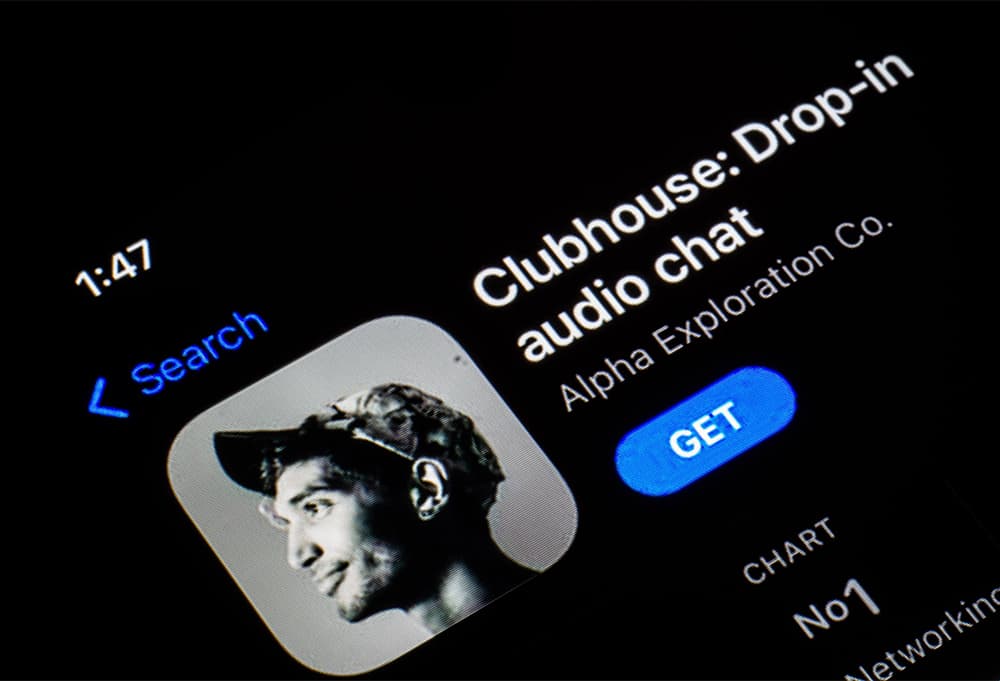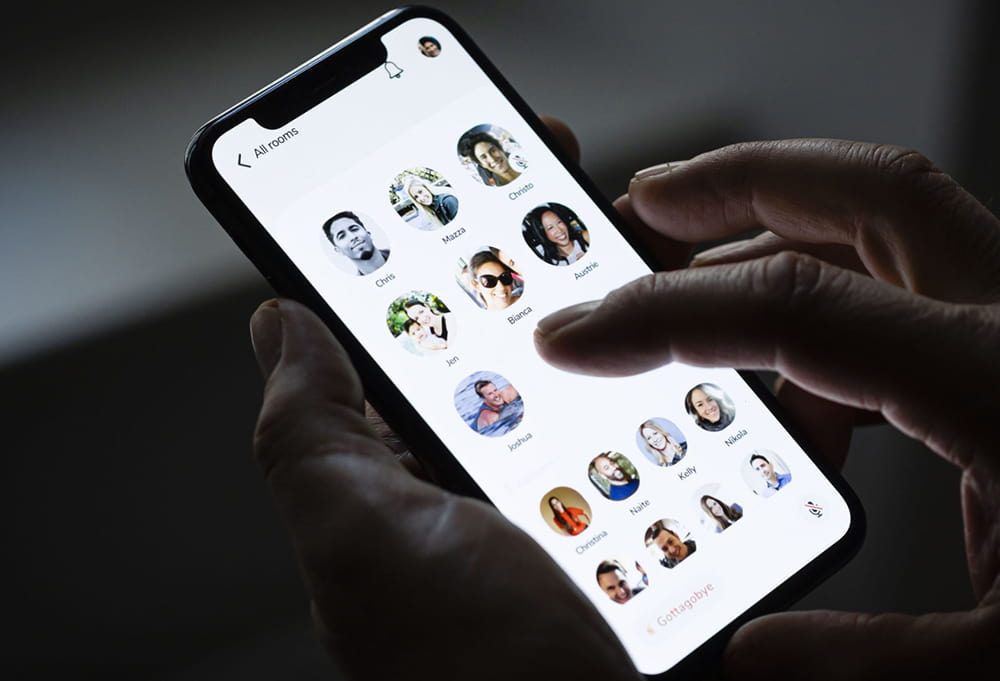It all started in April of 2020, when Clubhouse was created by Silicon Valley entrepreneurs Paul Davison and Rohan Seth, both of whom are software developers at Alpha Exploration Co...
At that time, the 'COVID-19' coronavirus was in its early months of the pandemic beyond Wuhan, China.
First, it had a measly 1,500 users, most of whom were venture capitalists. Clubhouse back them, was only an app with an incredibly small community, and nothing much.
But after a $12 million Series A funding from venture firm Andreessen Horowitz, the app quickly took off.
In December 2020, the app had 600,000 registered users, with a valuation of nearly $100 million. In January, the service reached a valuation of $1 billion, meaning that it is considered a unicorn.
All of that it achieved, while still in beta, and being an invitation-only app on iOS.
It was only after it became a unicorn, that the audio-chat social networking app announced that it would begin working on an Android application "soon".

In a blog post, the Clubhouse’s creators explained the goal of the platform, saying that it “was to build a social experience that felt more human—where instead of posting, you could gather with other people and talk.”
"The thing we love most is how voice can bring people together. No matter where you live in the world or what networks you have access to, in Clubhouse you can be in the room—often with people whose lived experience has been very different from your own."
As a social media, Clubhouse allows people to socialize. And its way is by allowing users to join in a wide variety of clubs and virtual rooms, allowing them to drop in on to listen to moderators talk about everything from talk shows, business, music, networking, dating, performances, political discussions, neuroscience, betting and many many more.
Because people on Clubhouse are using their phones, to listen to each other like a phone call, there is no professional editing, no sound effects, and no transitions.
Clubhouse in essence, is like a no structure podcast platform, a voice-only Twitter, a LinkedIn where people could talk instead of type, or a Zoom without a video.
Clubhouse gained fame from its ability to create a social experience that felt more human - where instead of posting and waiting for Likes and comments, people could simply gather in one room with other people, to then listen and even contribute to the discussions they like the most.

Clubhouse grew its popularity because it tapped into the public’s desperate need to connect.
It's more or less, providing a way for users to replace in-person networking events, launch parties and seminars, which have all been canceled or postponed due to the coronavirus pandemic. It was a place for some needy celebrities and business people who seek attention.
But when it caught the interests of some high-profile celebrities, entrepreneurs, creators and more, Clubhouse transformed to become a place where users can hear things directly from those people who are typically hard to reach.
The audio-only social media platform became a place where users can easily connect with and listen to “thought leaders” and even promote their own business ventures.
Unlike a normal podcast where listeners have to keep their opinions to themselves and just listen, Clubhouse users can jump in, and shape the conversation and provide context to the speakers and other listeners.
This is possible because listeners are allowed to virtually "raise a hand." It is then up to the room's creator/moderator if they want to let the listeners talk.
And with the ability to jump from one room to another, users can explore the vastly different subjects, meet new people, and get more information. This makes the app exciting and additive at the same time.
At this time, the limit for a Clubhouse room is 5,000 people. But since users could live-streaming the conversation on YouTube, as a workaround to the limit, Clubhouse craze quickly spread to also include Google's streaming platform.
And because Clubhouse is only available as an invitation-only service at this time, it significantly gained popularity due to the exclusiveness it provides.
As a result, Clubhouse quickly became became the flashpoint in the culture wars.
The most entertaining outcome is the most likely
— Elon Musk (@elonmusk) February 10, 2021
In the U.S., Clubhouse got big traction when Elon Musk agreed to do a Clubhouse with Kanye West in February 2021. Days later, Musk tweeted mentioning Russian President Vladimir Putin to do a conversation via Clubhouse.
This was followed by Vanilla Ice, Van Jones, Oprah, Mark Cuban and other celebrities, big-named venture capitalists and even elite tech entrepreneurs.
In Europe meanwhile, the app gained attention when German podcast hosts Philipp Klöckner and Philipp Gloeckler started an invite-chain over a Telegram group, and brought a number of German influencers, journalists and politicians to the platform.
In Asia, Clubhouse was rather quiet, it attracted quite a number of Chinese netizens to discuss various topics, including politically sensitive topics, such as protests in Hong Kong and the political status of Taiwan.
As a result, China censored and blocked the service starting February 2021.
Critics have also called out the app for privacy, misinformation and harassment problems.
This happened because Clubhouse is at this time, littered with bots and trolls. This makes it a breeding ground for hoaxes, fake news, hate speech, racism, sexism and conspiracy theories. Cyberbullying and doxing are also common.
There are also criticisms because Clubhouse encourages users to give the app access to contact list to build profiles for people who aren't yet members.
